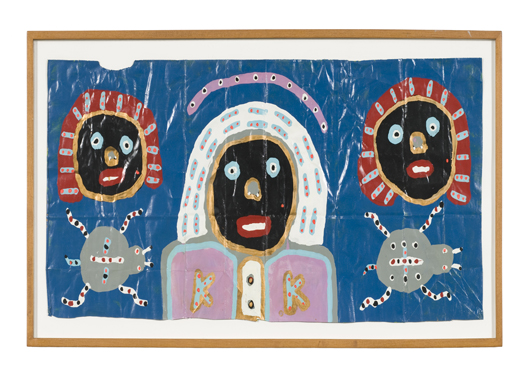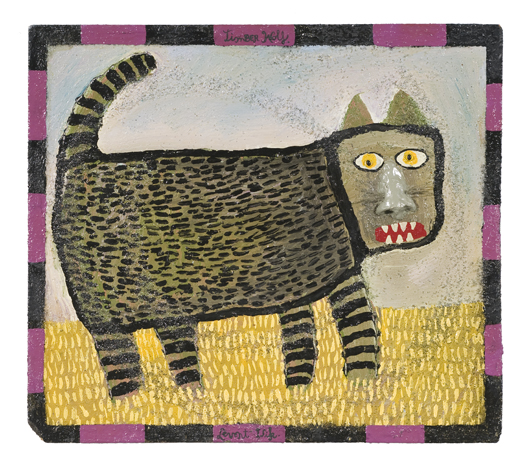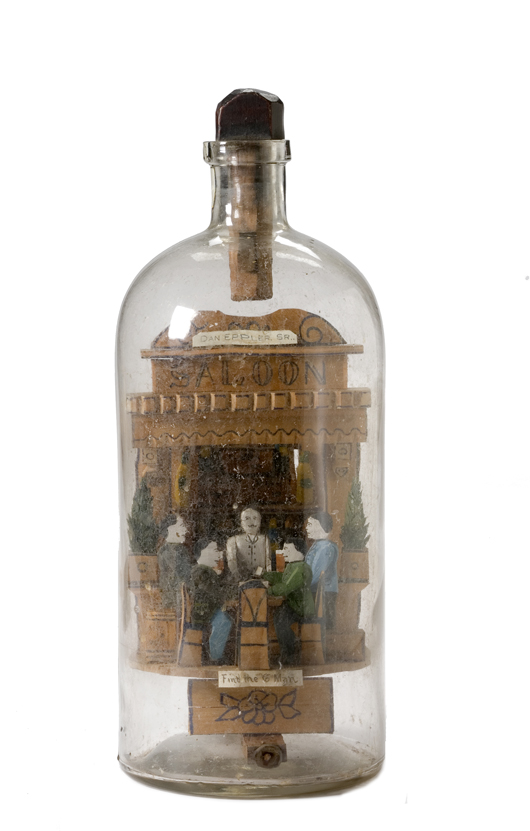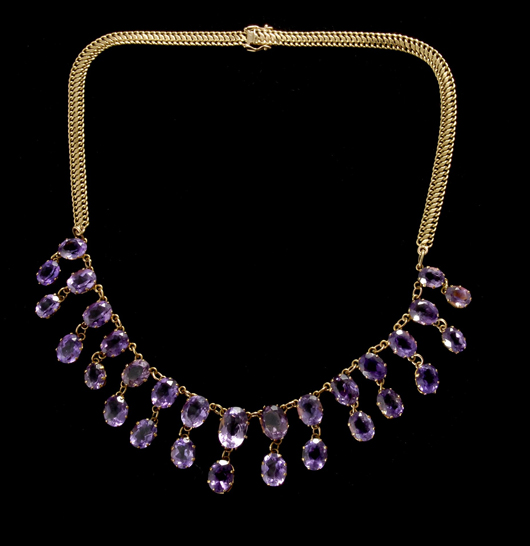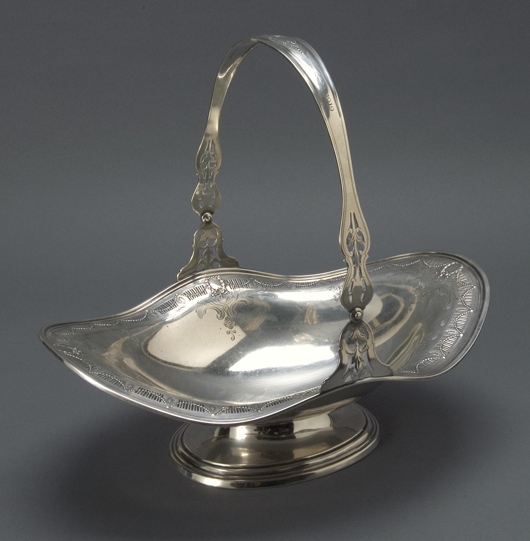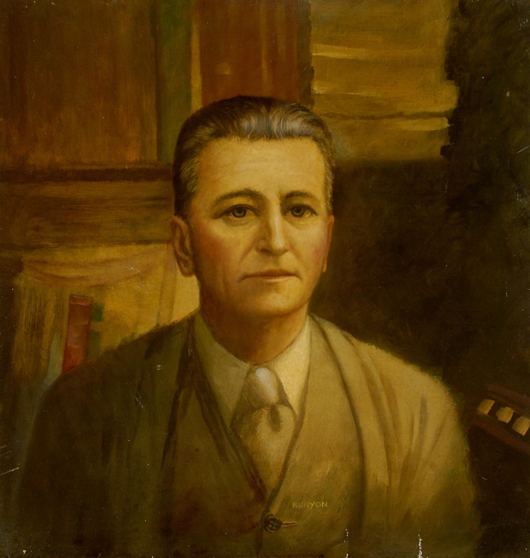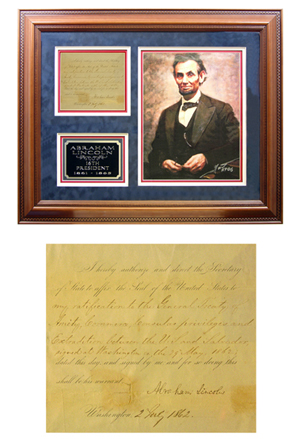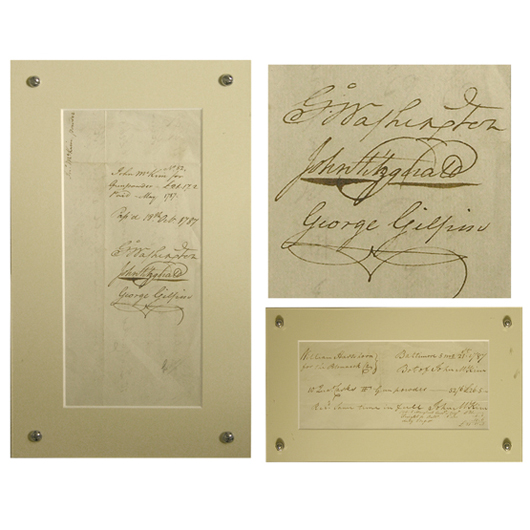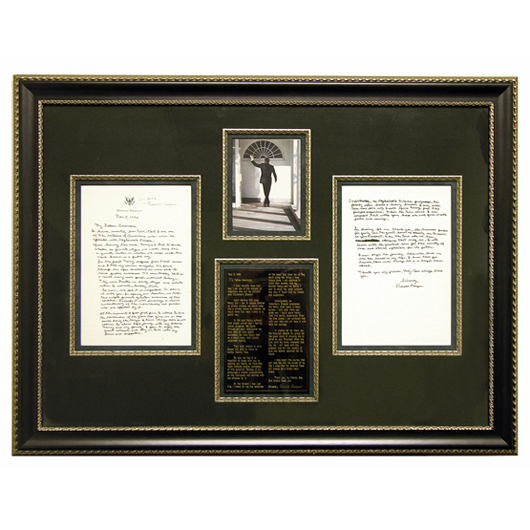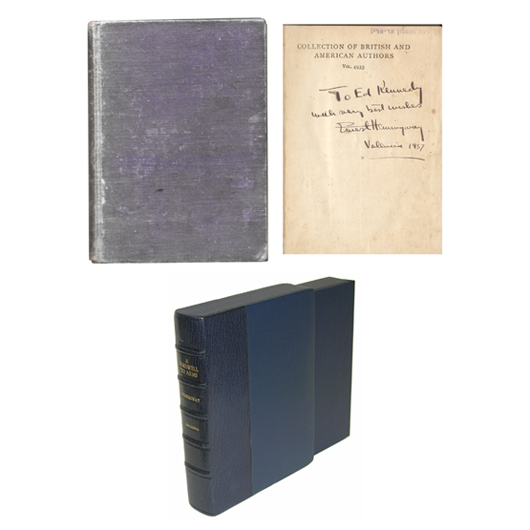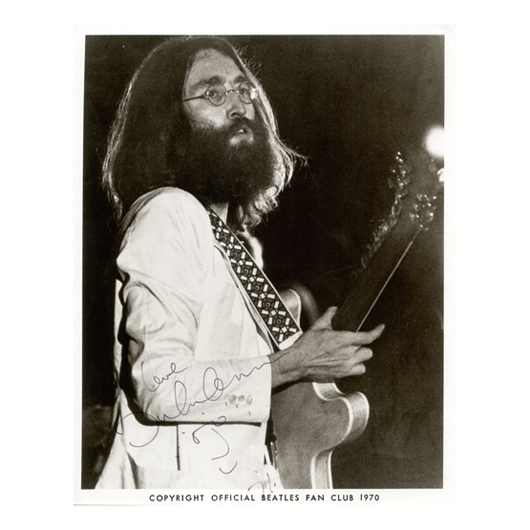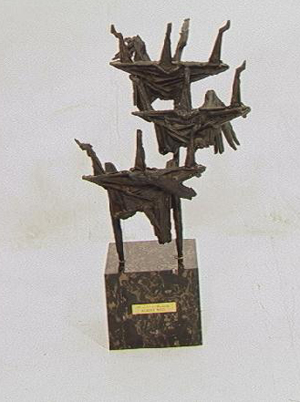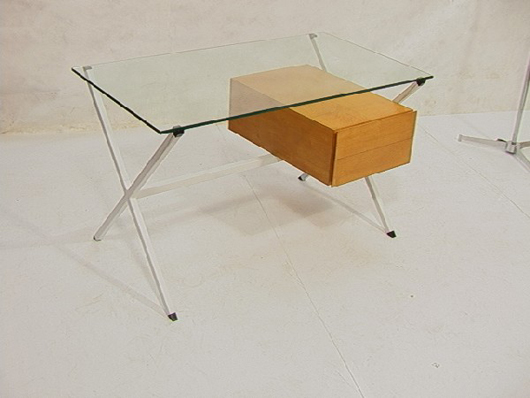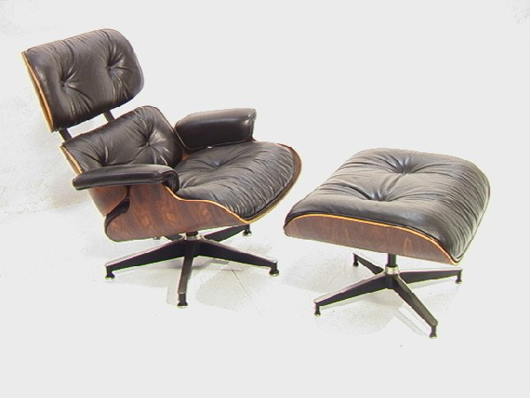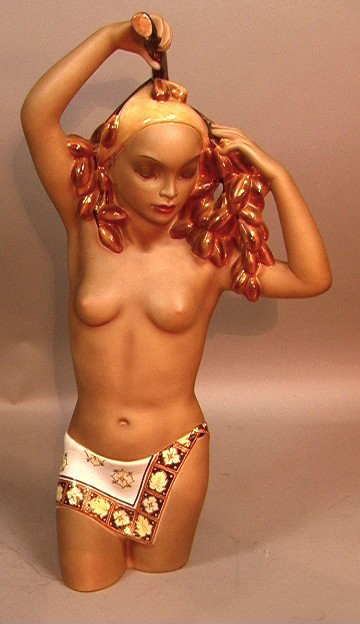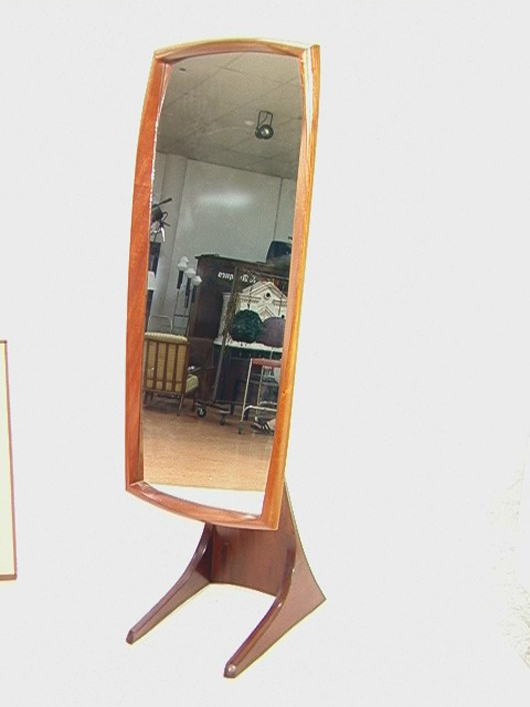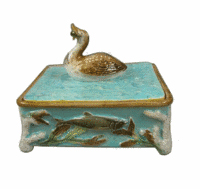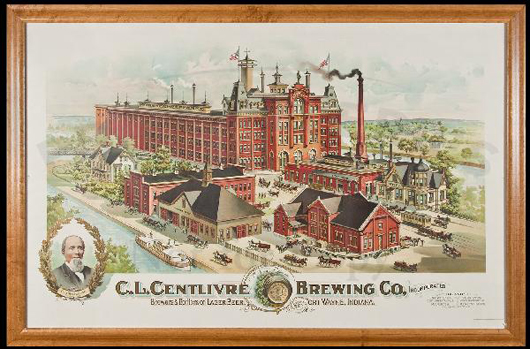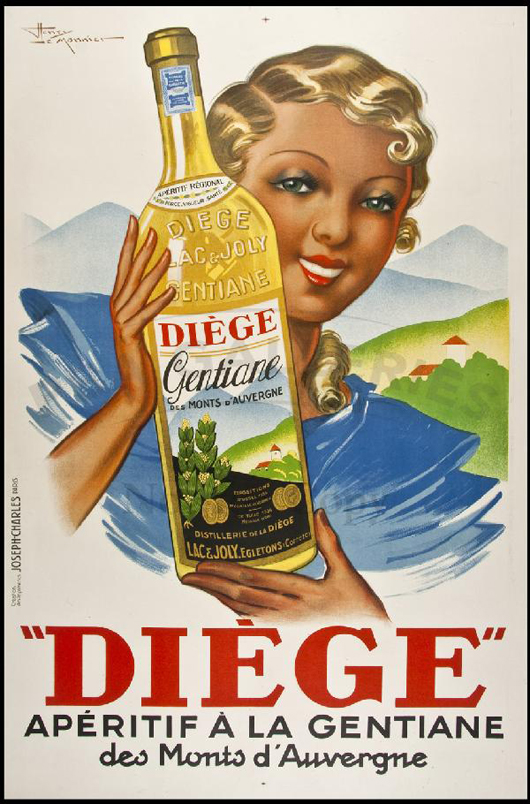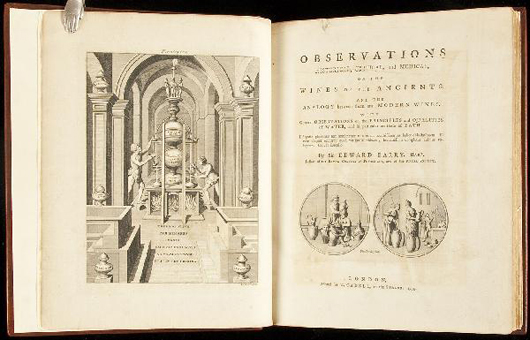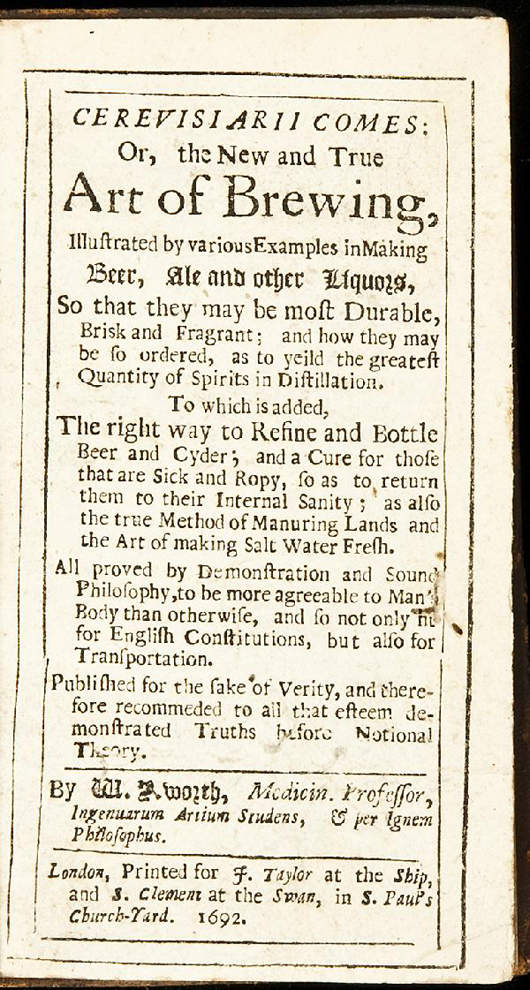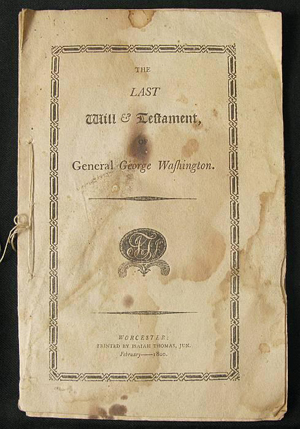
KENNEBUNK, Maine – A virtual time capsule of over 2,200 items linking mid-17th century Massachusetts to the end of the Victorian Age in America will be sold at R.W. Oliver’s auction beginning Thursday, Sept. 9, with the bidding to start at 6 p.m. Eastern. LiveAuctionheers will provide Internet live bidding.
Ten generations of family history, beginning with Thomas Green (1606-1667) will cross the auction block Sept. 9-12 at the DUC Convention Center in Worcester, Mass.
Andrew Haswell Green (1820-1903) was proclaimed by his friend President Theodore Roosevelt as the “Father of Greater New York,” had been all but forgotten until most recently, when in February the City of New York announced that it had dedicated 1 1/2 acres of land upon an island on the East River and at the end of 66th Street and $4.5 million for the building of a memorial park in honor of Green.
Green’s extraordinary legacy to his adopted city is a long list of places and institutions that may never have materialized without the vision, persistence and hard work of this man who never sought any personal recognition or gain for all of his 50-plus years of public service. Were it not for Green’s ardent 30-year endeavor to bring the five boroughs together, it may not have been Greater New York City. The final charter of incorporation was signed on Green’s 80th birthday, Oct. 6, 1898.
Called one of the greatest urban acts ever proposed or accomplished, Central Park, under the direction and determination of Andrew Green, the former mostly unusable land (about 830 acres) located in the center of Manhattan was transformed into a virtual country landscape within a city.
Green’s vision was to include a cultural center within this vast area. From this idea sprang the creation of many of the finest institutions in the world: the Metropolitan Museum of Art, the American Museum of Natural History, the New York Public Library and the New York Zoological and Botanical Garden.
Green was also a founder of the Scenic and Historic Preservation Society, and was appointed the State Commissioner for Parks. He strove to develop the United States side of Niagara Falls, which he sensed would easily become commercially developed unless the state acted to save the land area as public parkland. He achieved this goal and directed the development of the area as a protected reservation alongside the great natural wonder.
Tragically, Green was murdered by a deranged assailant waiting outside his home Nov. 13, 1903.
Tuesday evening, Sept. 7, the Worcester Historical Museum will present a gala pre-auction preview of the items that will be offered for sale by Oliver’s. This event will benefit the Worcester Historical Museum and the public is invited to attend only with admission ticket.
Items to be sold have been categorized into the following six sessions: 1. toys, dolls and games; 2. Andrew H. Green collection of Tiffany silver and art glass and other decorative items; 3.Green family vintage clothing fine jewelry, early paisleys and beautiful linens; 4. Andrew memorabilia, the Presidential letters, Frederick Law Olmstead letters, family letters books and photographs; 5. rare stamps and coins; and 6. paintings, furniture, porcelain, glass.
One of the many important discoveries among the myriad family papers is a rare historical pamphlet printed in February 1800 by Isaiah Thomas. The last will and testament of Gen. George Washington was printed shortly after the Washington estate was proved (Jan. 10,1800) and the manuscript last will and testament written in Washington’s hand was recorded at the Fairfax County Courthouse, then part of the District of Columbia, on Jan. 23, 1800. In 1868 the Mount Vernon Ladies Association of Union published the first edition printed for public distribution. This publication, unlike the Isaiah Thomas printing, was presented in an emended form edited to correct the misspellings, punctuation and incomplete sentences of the original manuscript will.
The Isaiah Thomas printing of February 1800 is a virtually identical transcription of the Washington will, which remains at the Old Fairfax County Courthouse. This pamphlet is one of only 13 others known to be extant and all of which are in private institutions.
A rare crewel-work pocket book made by Mary Ruggles, a daughter of Brig. Gen. Timothy Ruggles and Bathsheba Newcomb Ruggles nee Bourne will be sold. The handsomely stitched crewel-work is inscribed “John Green 1760.” Mary Ruggles presented this to her husband, Dr. John Green, as a wedding present.
Found among the estimated 10,000-plus letters was the startling discovery of a neat bundle of autograph letters from United States presidents. The letters had been presented to Andrew Green by his friend John L. Cadwalader. The handwritten note accompanying the nine letters was dated Friday, Feb.26. Letters include two of Thomas Jefferson, one of James Madison, two of Andrew Jackson and one from Elbridge Gerry sent to James Monroe, one from Richard Rush to James Monroe. Also sent was a letter from Gen. William Washington addressed to James Monroe, Minister to the Court of St James, London. This served as a letter of introduction on behalf of his son, William Washington Jr. who was being sent to London to study law at the Temple. Of the two Thomas Jefferson letters, the earliest dated Sept. 23, 1790, was from Monticello and addressed to Col. James Monroe in Charlottesville. The second letter from Thomas Jefferson was dated Jan. 16, 1820 from Monticello and addressed to President James Monroe. The letter implicates a certain unnamed Revolutionary War general, his association as a Whig and as a Republican in 1800.
The saved family letters represent an extraordinary outpouring of thought, surprising candidness and personal observations of their world during the years between 1760 and 1903. Most of the letters are those from the family of William Elijah Green (1777-1865). Green was a prominent and respected lawyer in Worcester, well connected to a wide coterie of personal and business acquaintances. He was a businessman and one of the original incorporators of the short-lived Blackstone Canal.
The auction will offer many early daguerreotypes from the1840s and1850s of the Nathaniel Lord Thompson mansion on Summer Street and several daguerreotypes and early photographs of his family members.Also during Session IV the many early daguerreotypes and photographs of the Green family including four rare full-size daguerreotypes of the original Dr. John Green homestead of 1755 in beautiful cases. Three daguerreotypes of Andrew Green were taken in 1845, 1846-7 and 1850.
Many of the items to be auctioned during this four-day event had been packed and stored prior to the sale of Green Hill in 1905. The intention was to keep them for future family members to enjoy, however the amount of space required to house all the items became impractical. The late Julia T. Green, who was the last caretaker of the family possessions had bequeathed according to her will, the family’s painting of General Timothy Ruggles estate in Hardwick, MA, painted by Winthrop Chandler in 1770, to the Worcester Art Museum. The painting has been on loan there since 1971, and is now part of its permanent collection.
For details visit Oliver’s Web site at www.rwolivers.com or e-mail the auctioneer at rwolivers@roadrunner.com or phone 207-985-3600.
ADDITIONAL LOTS OF NOTE
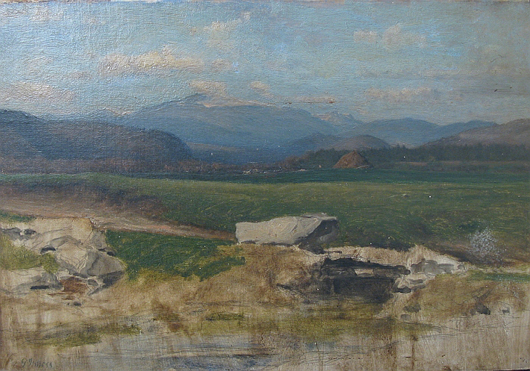
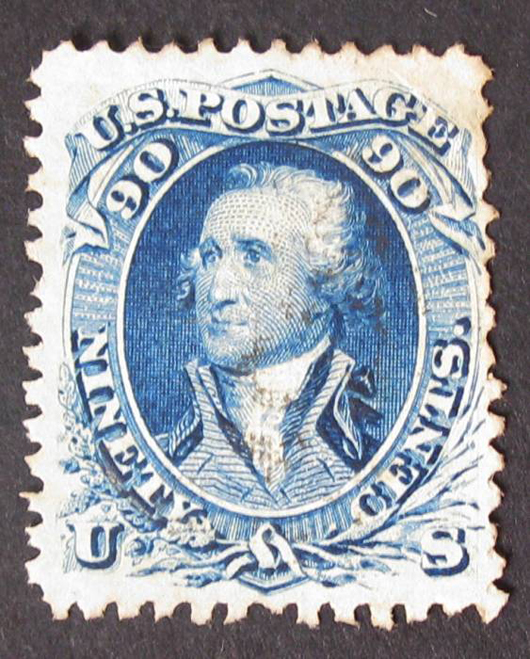
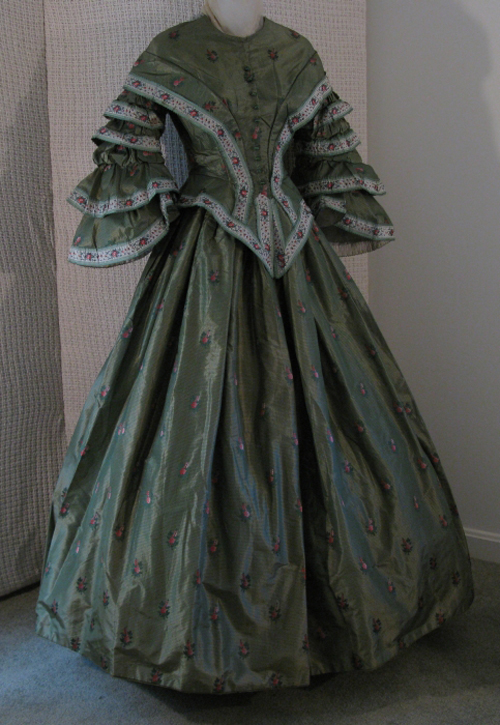
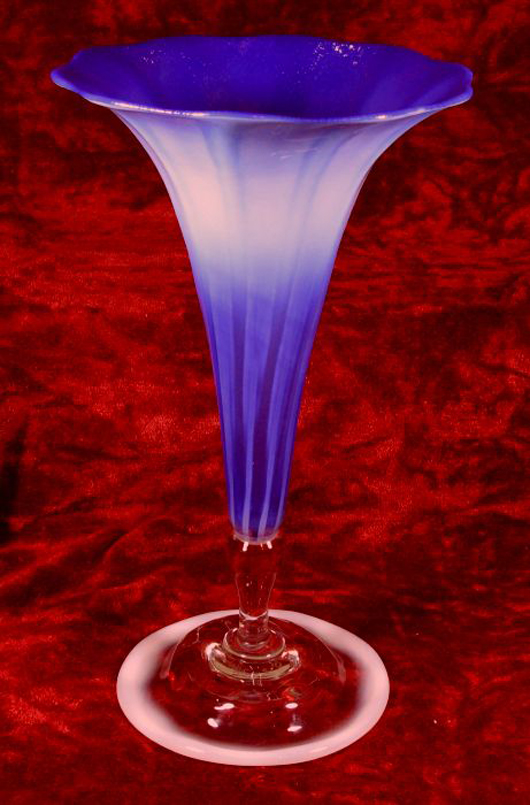
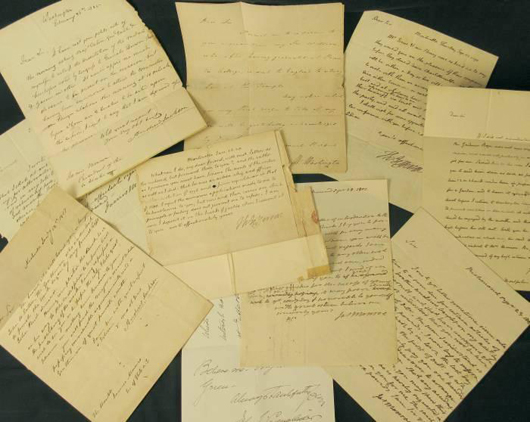
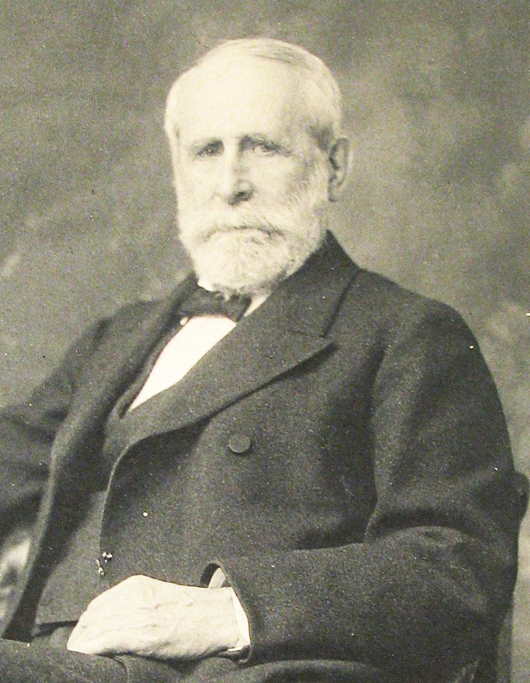
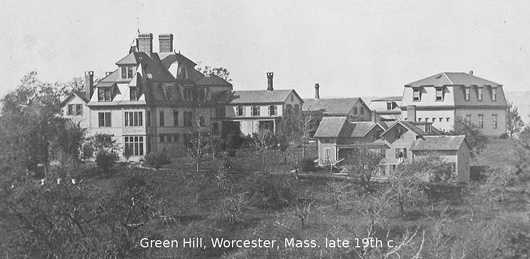


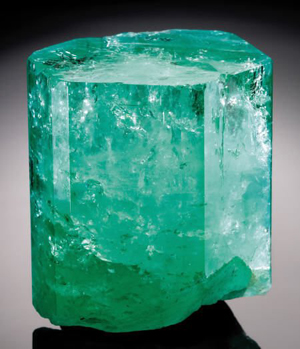




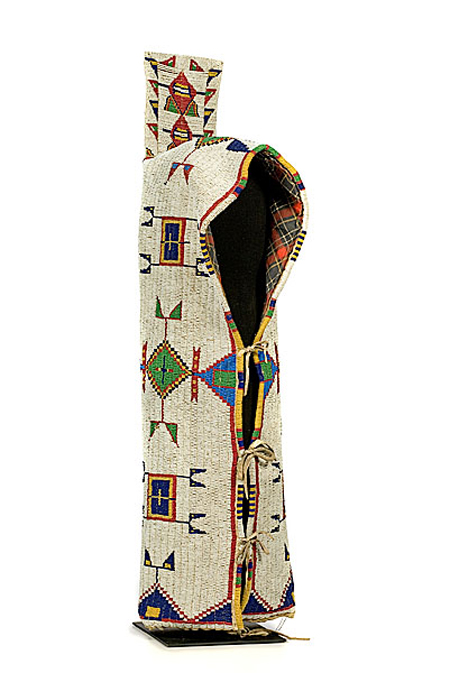



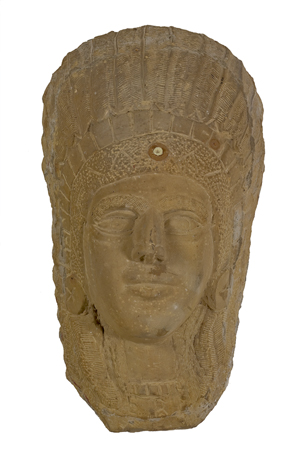
 Wes Cowan is founder and owner of Cowan’s Auctions Inc. in Cincinnati, Ohio. An internationally recognized expert in historic Americana, Wes stars in the PBS television series History Detectives and is a featured appraiser on Antiques Roadshow. He can be reached via email at info@cowans.com. Research by Roxanne Argenbright.
Wes Cowan is founder and owner of Cowan’s Auctions Inc. in Cincinnati, Ohio. An internationally recognized expert in historic Americana, Wes stars in the PBS television series History Detectives and is a featured appraiser on Antiques Roadshow. He can be reached via email at info@cowans.com. Research by Roxanne Argenbright.
